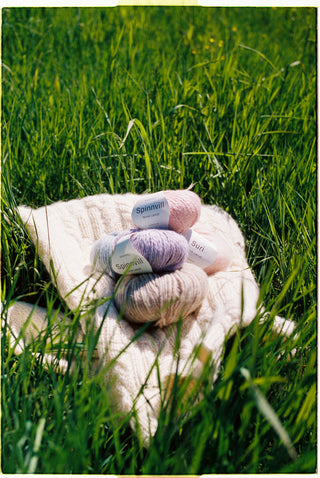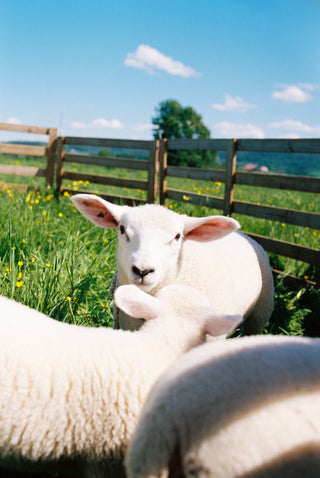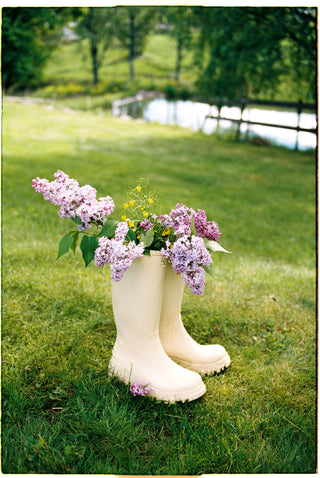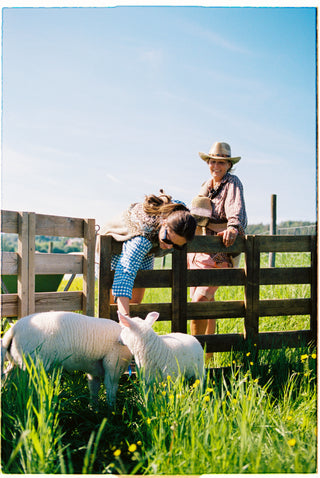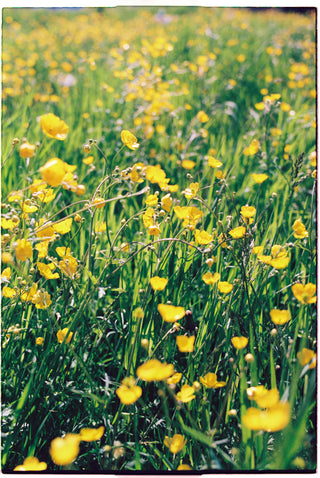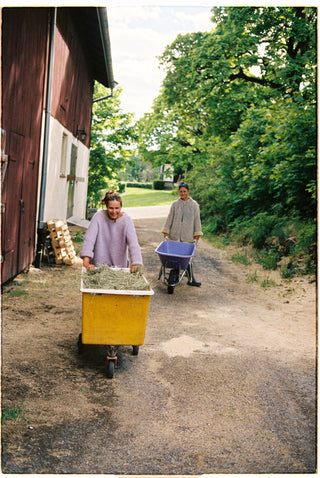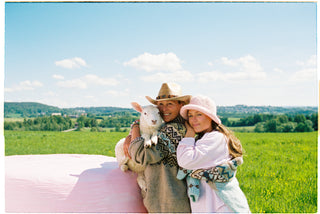Think Green! They Say, What is Green? We Wonder
By Marthe & Dorthe Skappel
Making conscious and sustainable choices is not always easy. We are bombarded with tips and information on how to think green, and how to embrace products and services that have a smaller negative impact on the climate and the environment. For most of us, this can feel overwhelming, and in the bigger picture, our personal contributions may seem insignificant.
We want to highlight the benefits of the sheep farming industry and Norwegian wool—benefits that we believe are often overlooked or forgotten in discussions about the green transition.
The world is in the midst of a climate crisis, and Norway has committed to becoming a low-emission country by 2050. To achieve this, we must transition to a society where growth and development occur within the limits of what nature can sustain.
We agree that it is right and important to focus on cultivating and eating more plant-based foods in the future, but not at the expense of the sheep farming industry, which is often labeled as an environmental culprit.
Sheep are a Norwegian raw material produced using local resources. Every summer, 2.1 million sheep and lambs are released onto outfield pastures, where they spend large parts of their lives.
Most of what sheep eat is grass and other roughage. In this way, sheep are able to utilize resources that cannot be used directly as human food and transform them into high-quality products such as meat and wool of the finest quality.
The UN’s Intergovernmental Panel on Climate Change emphasizes that it is necessary to use all the resources a country has for food production, and that production must be adapted to the natural conditions. This is also a Norwegian political objective. Norway has only 3% cultivated land and other agricultural areas. The remaining 95% of the country consists of outfield land, and nearly half of it is ideally suited for livestock grazing.
Biodiversity includes the variety of genes, species, habitats, geology, and landscapes. Loss of nature is one of the major environmental challenges of our time. More than 13,000 Norwegian farms have sheep, making sheep important for vibrant rural communities and Norway’s cultural landscape. Sheep help keep vegetation under control, which is crucial for maintaining biodiversity. Without animals grazing on outfield land, Norway would gradually become overgrown.
We are aware that ruminants, such as sheep and cows, are a significant source of greenhouse gas emissions. Research, however, suggests that well-managed grazing systems can capture substantial amounts of carbon dioxide (CO₂) from the atmosphere.
At present, the effect of carbon sequestration in pastures is not included when discussing the climate impact of ruminants, and the overall climate effect of this is still under investigation.
The sheep industry’s main source of income is meat sales, but wool sales are also essential for the economy. Every year, 4,000 tons of wool are produced in Norway. Wool is a complex fiber, and some call it nature’s “high-tech” material. It protects sheep and lambs from the changing weather conditions they live under, from sun and heat to cold and snow. Wool is a sustainable resource that has always been of use and enjoyment to humans.
Norwegian Wool and its Properties
Like the sheep industry, knitting has a long tradition in Norway.
Knitting is an example of slow fashion, where we are encouraged to create sustainable garments for long-term use. In our busy everyday lives, traditional crafts like knitting and crocheting have also become an important source of relaxation and joy for many. Over 40% of all women in Norway knit.
In order for people to be able to knit sustainable garments of good quality, we want to continue prioritizing products made from the world’s finest raw material – Norwegian wool! If the sheep industry disappears, the important work done by grazing animals in outfield pastures will be lost, and access to Norwegian wool could, in the worst case, disappear.




